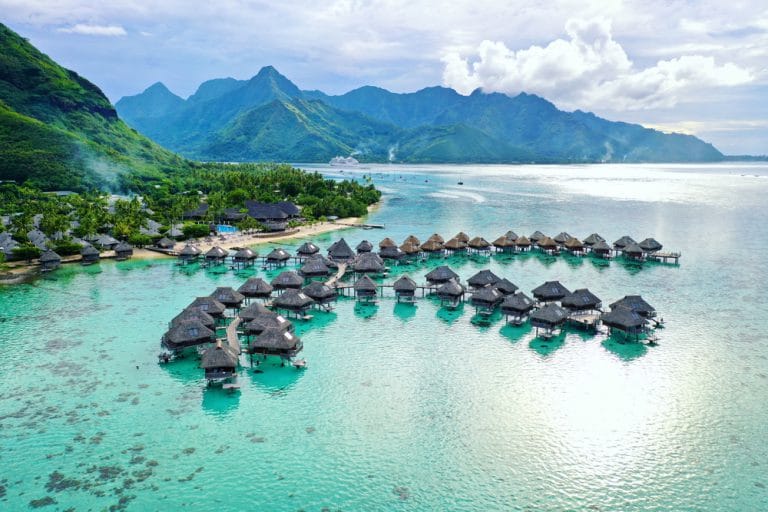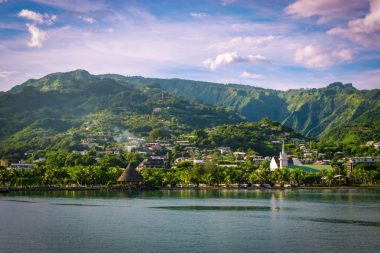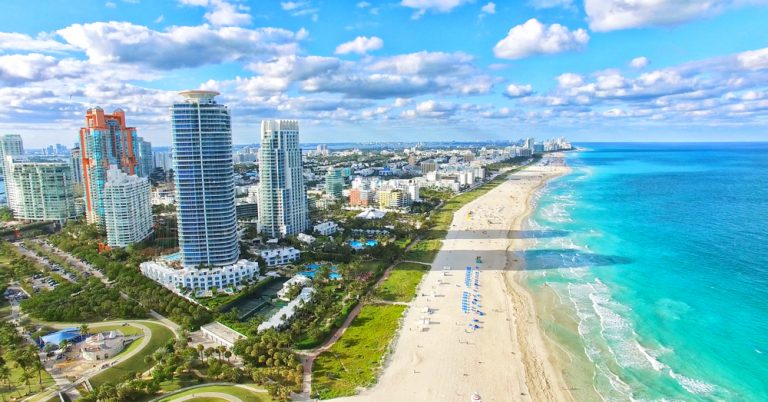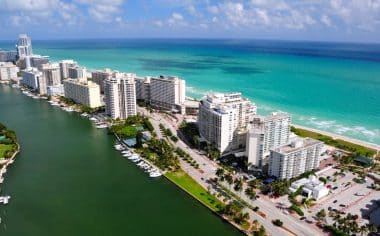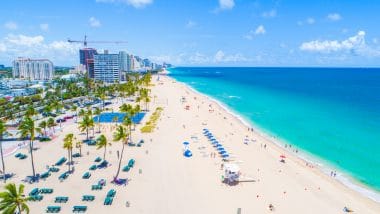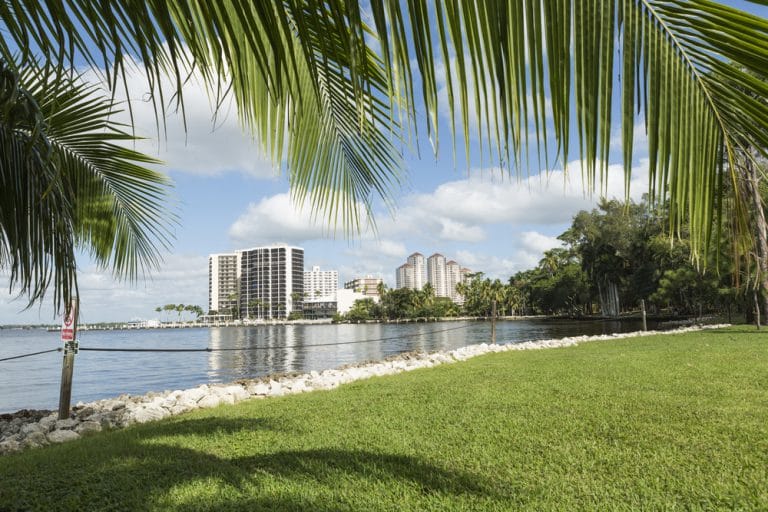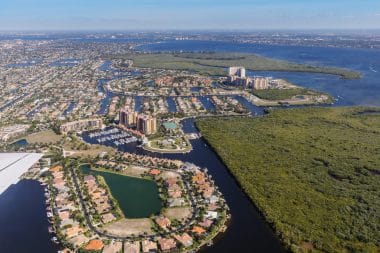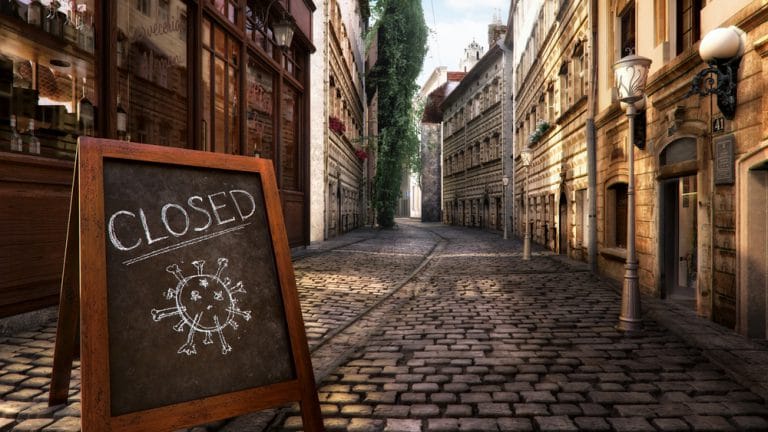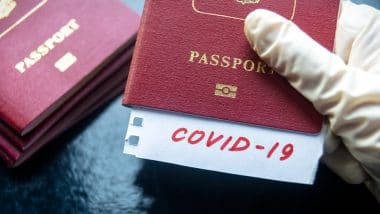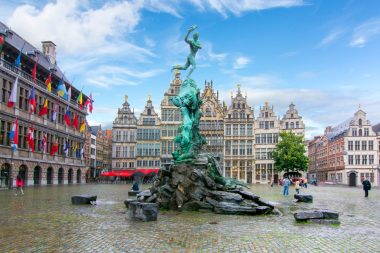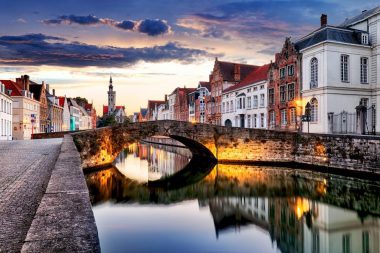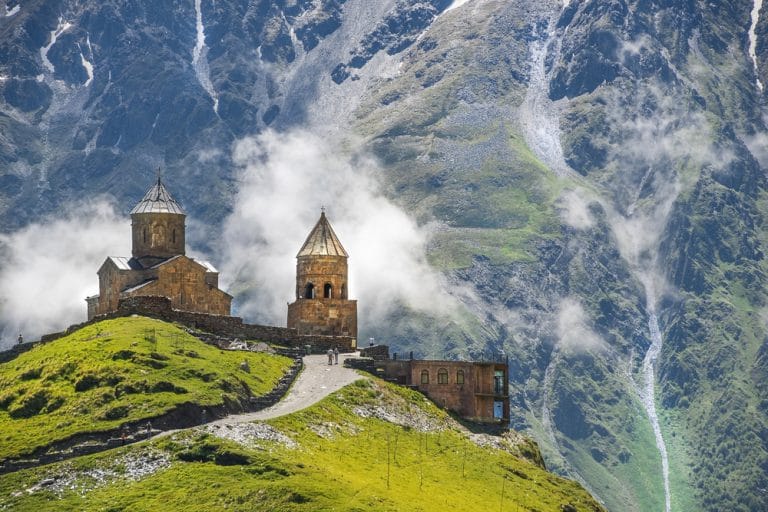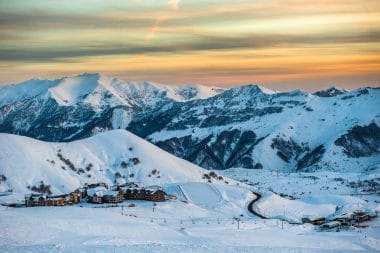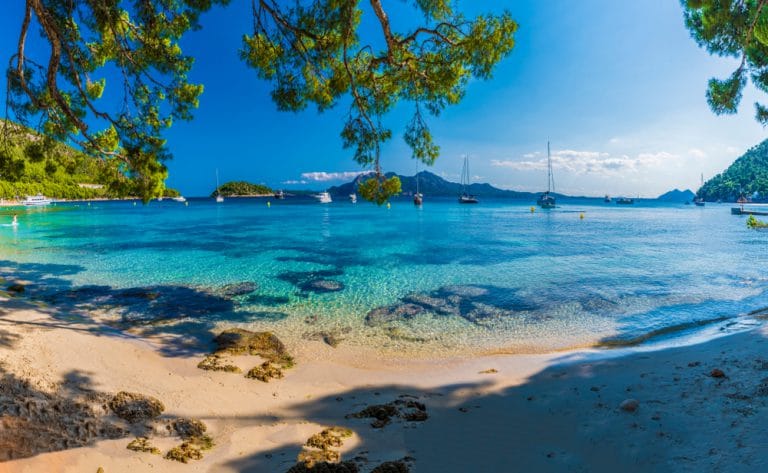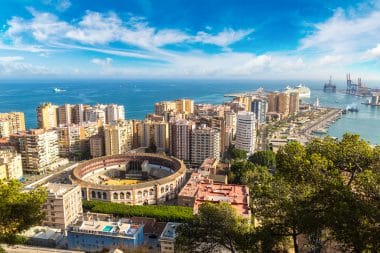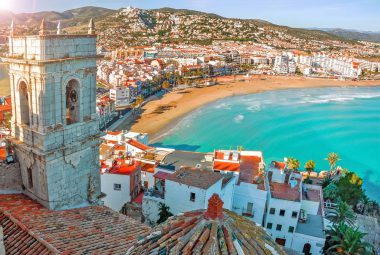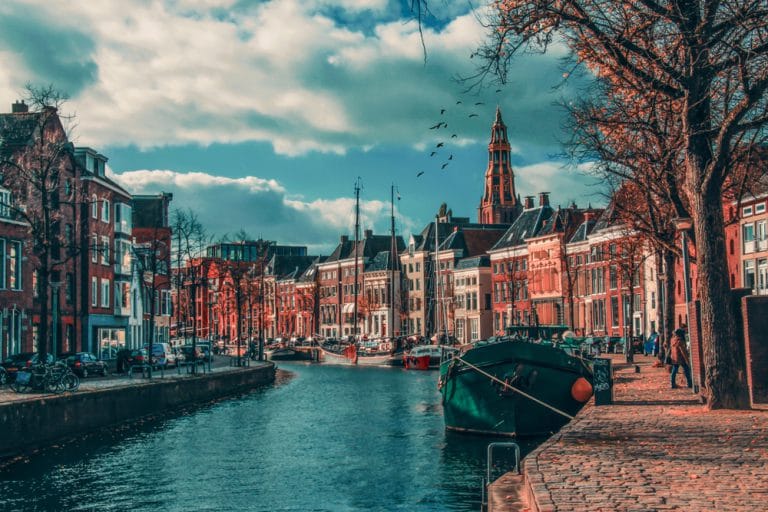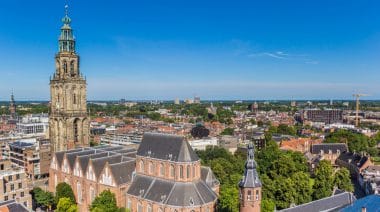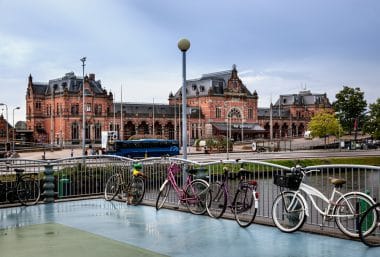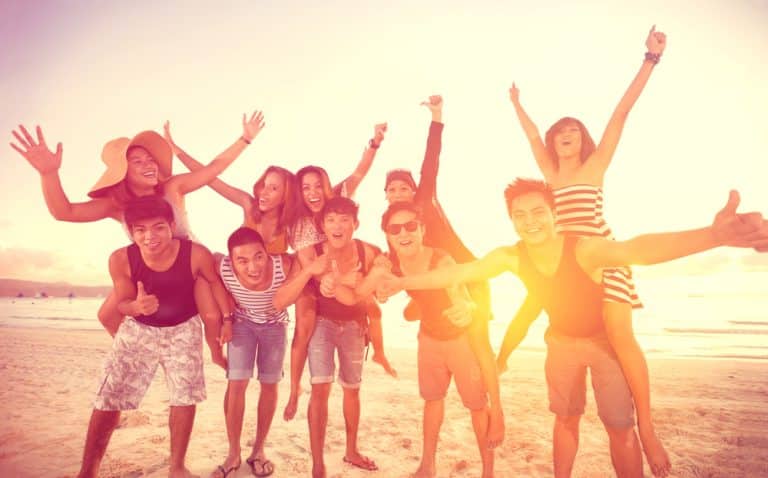If you want to enjoy a real North Sea feeling, you will find it in Büsum. The small port town in Schleswig-Holstein is located directly on the North Sea. Here you can hear the sound of the North Sea waves and the screeching of the seagulls. Fine sand plays around your feet and when you take a deep breath, you can breathe in the wonderfully salty sea air. It is a perfect vacation spot for everyone. Young couples can have a great time here, as can seniors or families with children. There is plenty of space to play and romp. An event that holidaymakers with pets also appreciate very much. All these factors make Büsum one of the most popular holiday resorts in this area. In terms of overnight stays, it is even the third largest tourist resort on the Schleswig-Holstein North Sea coast behind Sankt Peter-Ording and Westerland.
Maritime flair on a walk through the harbour
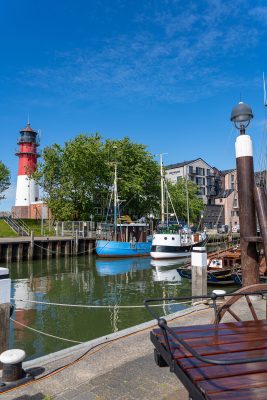
Once an island consisting of several villages, Büsum is now (since 1585) connected to the mainland. The townscape of the municipality from the district of Dithmarschen is particularly characterised by the fishing and excursion port. Here you will find typical maritime flair. A wide variety of boats anchor and the nationally known and popular Büsum crabs await you at Germany’s largest cutter harbour. With a romantic-picturesque atmosphere, it is always a perfect place for a leisurely stroll. A trip through the harbour on one of the Börte boats is also worthwhile. Visitors interested in history are drawn to the museum harbour. In addition to historical treasures from fishing, there are old ships and the lighthouse to see. It is Büsum’s landmark.
North Sea spa since 1949
As early as 1837, Büsum was awarded the title of North Sea Resort. In order to be allowed to bear this designation, it requires high requirements in terms of air and water quality, proximity to the sea and tourist infrastructure. Since 1949, the place has even been allowed to call itself a North Sea spa. This also requires the presence of remedies. These include, for example, sea silt or sea salt. Accordingly, holidaymakers will find great bathing opportunities on site. A highlight is the Perlebucht family lagoon. A wonderful dune landscape with wind-protected hollows, spacious natural areas and salt marsh-like vegetation. A bridge leads between the bathing and water sports pools to an entrance to the mudflats.
Barbecue areas, DLRG, playground equipment, hammocks, an attractive promenade and much more round off the offer of the Perlebucht. Of course, the main beach also offers a lot of variety for an extensive day of swimming and beach. Beach chairs for rent promise a box seat on the Wadden Sea, which is a UNESCO World Heritage Site. An overnight stay in a sleeping beach chair is a particularly great experience. A waterproof and windproof tarpaulin with window allows a carefree view of the starry sky even in less than optimal weather conditions. By the way, the Büsum sleeping beach chairs are manufactured in the workshop of the Stiftung Mensch, which is committed to the inclusion of people with disabilities.
Büsum – a paradise for cyclists
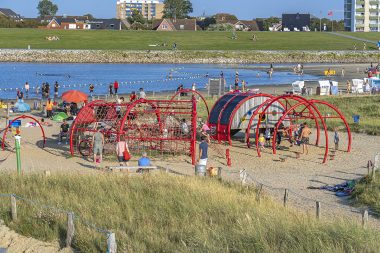
If you want to explore the picturesque Büsum in a sporty way, you should hop on a bike. The event centre and the tourist information office have extensive maps available for holidaymakers. There are wonderful routes along the dike along the North Sea Coast Cycle Path to choose from. Guided bike tours can also be booked. Of course, there is also the possibility to rent a bike in Büsum. Sports and fitness enthusiasts are drawn to the spa gardens, where the vitality course with sports equipment for young and old encourages sporting activity. From June to September, experienced trainers offer insight into the correct use of fitness equipment. And what would a holiday by the sea be without water sports? The Büsum water sports school offers numerous courses for kitesurfing, stand up paddling and much more.
Fun for the little holidaymakers
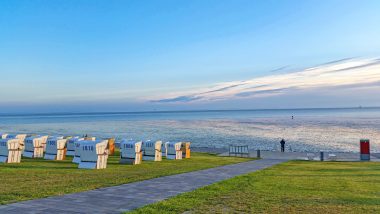
There is always something going on in the Mini-Maxi-Club. Creative handicrafts and fun playtimes in bright, modern rooms make the hearts of children between 3 and 13 years of age beat faster. The Büsum holiday pastoral care also offers numerous events for the whole family. During the summer holidays, for example, there is mudflat football, sandcastle competitions or the “bedtime story” on the beach. Also exciting for children, but also for adults, is the Phänomania adventure centre. This is a hands-on museum where physics and science can be touched.
Sightseeing in Büsum
In addition to the numerous offers, you should also take time for the more traditional sightseeing during a holiday in Büsum. The Evangelical Lutheran Fisherman’s Church of St. Clemens is worth seeing. Built on the highest point of the city, the structure features an old baptismal font from the 13th century and a carved portrait of Martin Luther. Another attraction is the life-size bronze statue of Neocorus. During a stroll through the pedestrian zone, visitors can see the town hall in baroque style. The rather tranquil Büsum even has a high-rise to offer. The house is 85 meters high and towers over the surrounding buildings many times over.
As you can see from this little insight, the town on the Meldorf Bay has a wide range of offers for its holiday guests. In beautiful nature, you can spend a holiday where you don’t have to choose between activity and relaxation.



